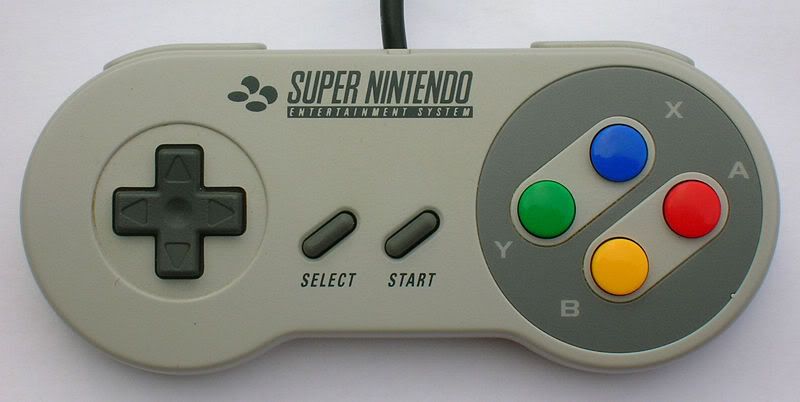Hello,
I'm a software engineer and working on a way to select and move objects in a 2D environment on a Touchscreen with very high accuracy.
In "Star Trek Voyager - Technical Guide Version 1.0" by Rick Sternback and Michael Okuda, page 16 (see 1) I came across the "Joystick Pad" that is used to navigate and possibily launch torpedos/fire phasers on board Voyager and the Enterprise in Star Trek Nemesis (see 2, time stamp 1:01 and following).
See 3 for a redrawn version of the control.
I am wondering how this (fictional) user interface control is supposed to work. I understand the horizontal and vertical scrollbars are used to do x and y translation (see 4, page 38). What functionality do the other buttons serve?
Best Regards,
Andreas
1: http://de.scribd.com/doc/17602871/Star-Trek-Voyager-Technical-Manual-40-Pages-1994
2: http://www.youtube.com/watch?v=DHUSpAtemfg
3: http://lcars47databank.wikia.com/wiki/File:LCARS_ProlixusWeapon_Sys.png
4: http://de.scribd.com/doc/17602666/Star-Trek-TNG-Technical-Manual-182-Pages
I'm a software engineer and working on a way to select and move objects in a 2D environment on a Touchscreen with very high accuracy.
In "Star Trek Voyager - Technical Guide Version 1.0" by Rick Sternback and Michael Okuda, page 16 (see 1) I came across the "Joystick Pad" that is used to navigate and possibily launch torpedos/fire phasers on board Voyager and the Enterprise in Star Trek Nemesis (see 2, time stamp 1:01 and following).
See 3 for a redrawn version of the control.
I am wondering how this (fictional) user interface control is supposed to work. I understand the horizontal and vertical scrollbars are used to do x and y translation (see 4, page 38). What functionality do the other buttons serve?
- What is the logic behind the control?
- Is there any reason why in the Nemesis scene Worf activates the left side of the control and suddenly the right side changes color to gray?
- Are there any thoughts behind lcars color coding in the show other than switching to red for a code red?
Best Regards,
Andreas
1: http://de.scribd.com/doc/17602871/Star-Trek-Voyager-Technical-Manual-40-Pages-1994
2: http://www.youtube.com/watch?v=DHUSpAtemfg
3: http://lcars47databank.wikia.com/wiki/File:LCARS_ProlixusWeapon_Sys.png
4: http://de.scribd.com/doc/17602666/Star-Trek-TNG-Technical-Manual-182-Pages




 )
) I always preferred the option of a recessed joysticks in the consoles.
I always preferred the option of a recessed joysticks in the consoles.